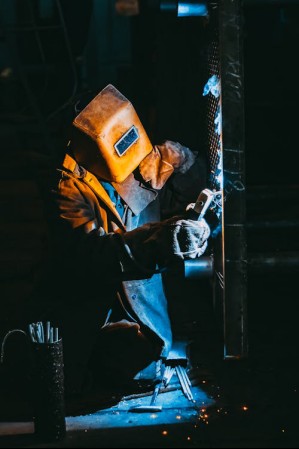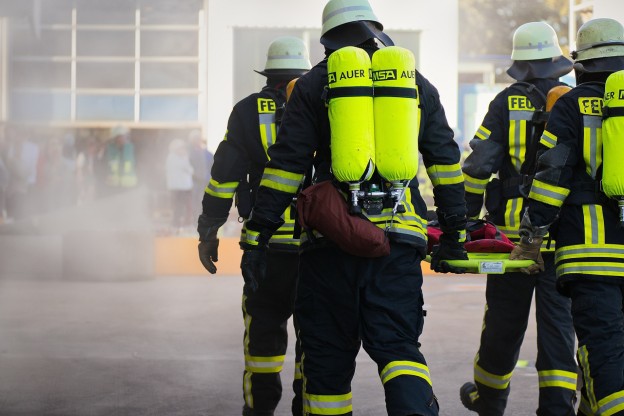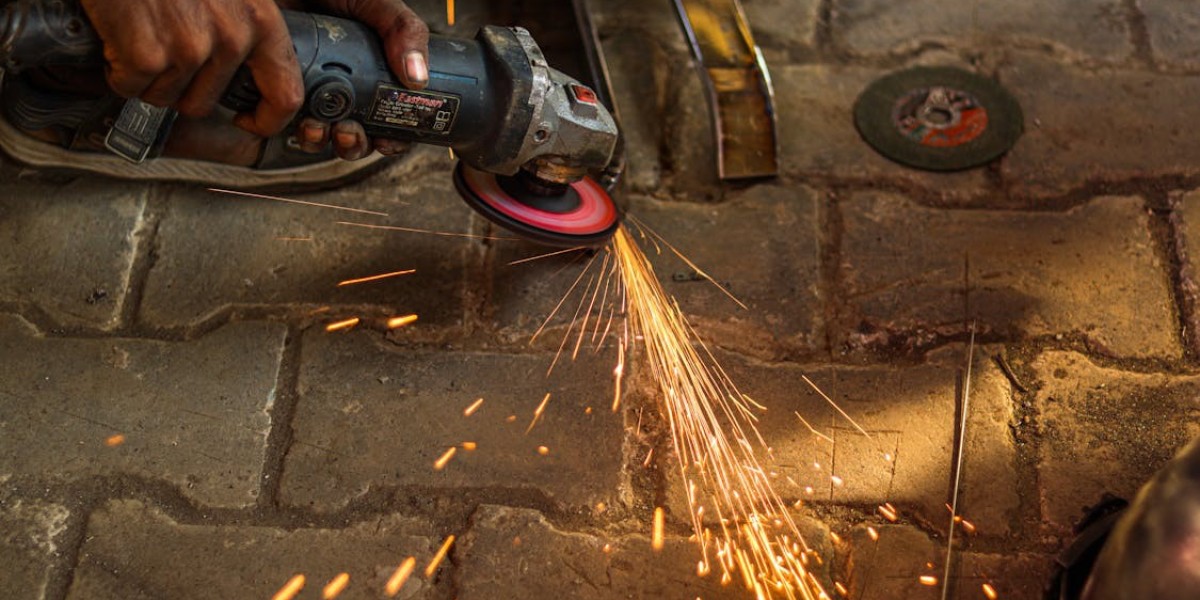Manufacturing environments are often rife with various hazards, including the risk of electrical accidents. One of the less obvious but critically important safety measures in such settings is confined space training. This type of training is vital because it educates workers about the unique risks associated with confined spaces, including electrical hazards, and equips them with the knowledge and skills to prevent accidents.
In this blog, we will explore the connection between confined spaces and electrical hazards in manufacturing. We will also highlight how confined space training provides workers with the tools they need to stay safe.
The Importance Of Confined Space Training In Manufacturing:
Understanding Confined Spaces
A confined space is any area that is not designed for continuous occupancy and has limited openings for entry and exit. Examples include tanks, silos, pipelines, and storage bins. These spaces are common in manufacturing settings and often present significant risks to workers.
Electrical Hazards In Confined Spaces
Confined spaces in manufacturing can harbor various electrical hazards. These include:
- Exposed live wires:Faulty or damaged insulation can leave live wires exposed, posing a serious risk of electrocution.
- Poor grounding:Improperly grounded equipment can lead to electrical shocks.
- Moist environments:Confined spaces are often prone to moisture accumulation, which can exacerbate electrical hazards by creating conductive pathways.
- Inadequate lighting:Poor lighting can make it difficult for workers to see and avoid potential electrical dangers.
How Confined Space Training Addresses Electrical Hazards
Confined space training equips workers with the necessary skills and knowledge to identify and mitigate these risks effectively. Here’s how:
1. Hazard Identification And Risk Assessment
The first step in managing electrical hazards is recognizing them. Confined space training teaches workers to:
- Understand the specific risks associated with different types of confined spacesand electrical equipment by conducting risk tests to identify electrical hazards before entering a confined space.

2. Safe Work Practices
Training programs emphasize the importance of adhering to safe work practices, such as:
- Lockout/Tagout (LOTO) procedures:Ensuring all electrical sources are properly isolated before entering a confined space.
- Use of Personal Protective Equipment (PPE):Wearing insulated gloves, helmets, and other appropriate PPE to protect against electrical shocks.
- Regular equipment inspection:Checking tools and equipment for signs of damage or wear that could lead to electrical hazards.
3. Emergency Preparedness And Response
In the event of an electrical incident, prompt and effective response is crucial. Confined space training covers:
- Emergency procedures:Steps to take in case of electrical shocks or fires.
- Rescue operations:Techniques for safely rescuing a worker who has been electrocuted or is otherwise incapacitated.
- First aid:Basic first aid skills, such as CPR, which can be lifesaving in electrical emergencies.
Case Studies: Lessons From Real-Life Incidents
To illustrate the importance of confined space training, let’s look at a few case studies:
Case Study 1: The Tank Cleaner’s Dilemma
A worker was cleaning the inside of a storage tank when they came into contact with a live wire. The resulting electrical shock caused severe injuries. An investigation revealed that the worker had not been trained in confined space safety and was unaware of the need to check for electrical hazards before entering the tank.
Case Study 2: The Pipefitter’s Peril
In another incident, a pipefitter entered a pipeline to conduct maintenance without performing a proper lockout/tagout procedure. The pipeline was still live, and the worker was electrocuted. This tragedy could have been prevented with adequate confined space training that emphasized the importance of LOTO procedures.
Implementing Confined Space Training In Your Workplace
Conducting A Needs Assessment:
Before implementing confined space training, it’s essential to conduct a needs assessment to determine the specific requirements of your workplace. Consider factors such as:
- The types of confined spaces
- The nature of the work being performed.
- The existing safety protocols and any gaps in knowledge or practices.
Developing A Comprehensive Training Program:
Based on the needs assessment, develop a training program that covers:
- Hazard identification and risk assessment:Teach workers to recognize and evaluate electrical hazards.
- Safe work practices:Emphasize the importance of LOTO procedures, proper use of PPE, and regular equipment inspections.
- Emergency preparedness and response:Ensure workers are trained in emergency procedures, rescue operations, and basic first aid.
Promoting Ongoing Education And Skills Development
Safety training should not be a one-time event. Promote ongoing education and skills development by:
- Offering periodic refresher courses.
- Encouraging participation in advanced training sessions.
- Highlighting the benefits of continuous learning.
Integrating Other Safety Training Programs
In addition to confined space training, other safety training programs can further enhance workplace safety. These include:
- First Aid Level 2 Training:Equip workers with advanced first aid skills.
- Fall Arrest Training:Teach workers how to prevent and respond to fall-related incidents.
- Fall Protection Inspection Training:Ensure equipment is regularly inspected and maintained.
- OFA 2 and OFA 1 Training:Provide comprehensive first aid training for all levels.

Confined space training is a critical component of workplace safety in manufacturing environments. By equipping workers with the knowledge and skills to identify and avoid electrical hazards, we can significantly reduce the risk of accidents and injuries. Implementing comprehensive training programs and promoting a culture of safety will ensure that workers are well-prepared to handle the unique challenges of confined spaces.
Are You Ready To Enhance Workplace Safety With Comprehensive Confined Space Training?
Metro Safety Training offers expert-led Confined Space Training in BC, along with specialized programs in First Aid Level 2, Fall Arrest Training, and more.
Whether you are interested in enrolling in First Aid Training Courses or Workplace Safety Courses, contact them today. You can reach them by calling 604-521-4227 or emailing them at [email protected].
About the Author
Emma Richardson is a health and safety consultant with over a decade of experience in creating safer workplaces across Canada. Emma has witnessed firsthand the transformative impact of comprehensive safety training and believes that by prioritizing safety and preparedness, we can build stronger, more resilient communities.

![SKN Renew [Shocking Reviews] – Is It Scam Or Legit?](https://thewion.com/upload/photos/2021/02/b7YlHEammrObfgPQoC6m_28_321729c238de75fc665274eab8ae0159_image.jpg)

